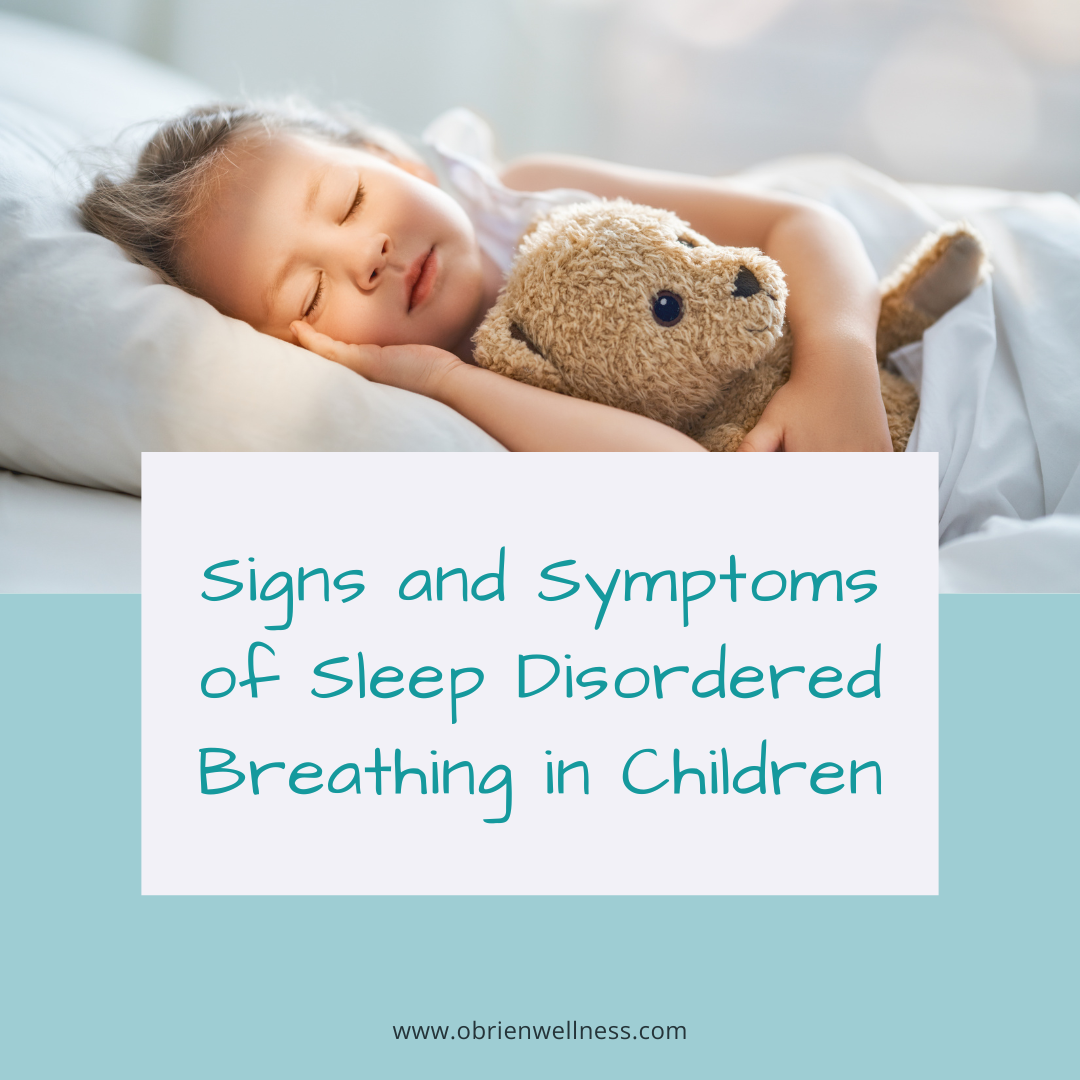
Sleep disordered breathing (SDB) is a common but often overlooked condition in children. It encompasses a range of issues from snoring to more severe conditions like obstructive sleep apnea. Recognizing the signs and symptoms early can lead to timely intervention and better outcomes for your child’s health and development.
What is Sleep Disordered Breathing?
Sleep disordered breathing refers to a spectrum of breathing difficulties that occur during sleep. These can range from primary snoring to upper airway resistance syndrome and obstructive sleep apnea.
Common Signs and Symptoms
During Sleep:
- Loud Snoring: Regular, loud snoring is not normal in children and can be a key indicator of SDB.
- Pauses in Breathing: You might notice your child stop breathing momentarily during sleep, followed by gasping or choking sounds.
- Restless Sleep: Children with SDB often toss and turn, experiencing fitful sleep.
- Unusual Sleep Positions: Sleeping with the neck hyperextended or in odd positions to keep airways open.
- Mouth Breathing: Breathing through the mouth instead of the nose while sleeping.
Daytime Symptoms:
- Daytime Sleepiness: Despite seemingly adequate sleep hours, your child may be excessively tired during the day.
- Behavioral Issues: SDB can lead to symptoms that mimic ADHD, including hyperactivity, inattention, and impulsivity.
- Morning Headaches: Frequent headaches upon waking can be a sign of poor sleep quality.
- Bedwetting: Children who have outgrown bedwetting may start again due to SDB.
- Poor Academic Performance: Difficulty concentrating and learning new information can be linked to sleep issues.
Physical Signs:
- Facial Structure: Children with SDB may have a long face, crowded teeth, or a recessed chin.
- Dark Circles Under Eyes: Also known as “allergic shiners,” these can indicate poor sleep quality.
- Failure to Thrive: Some children with SDB may not grow as expected due to the increased energy expenditure during sleep.
